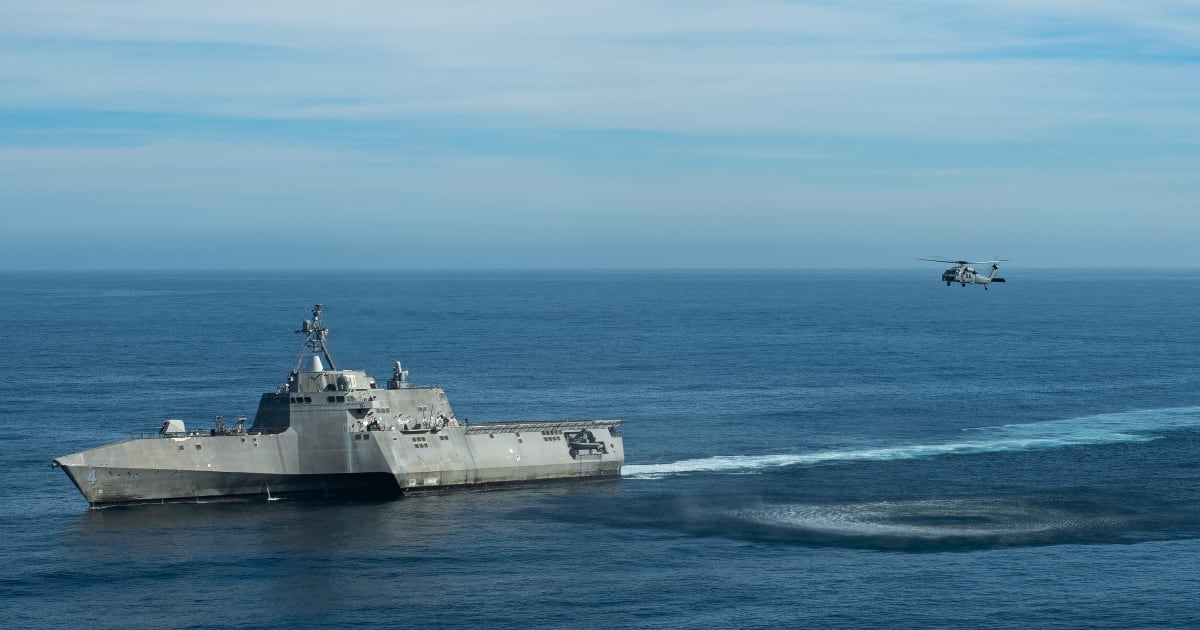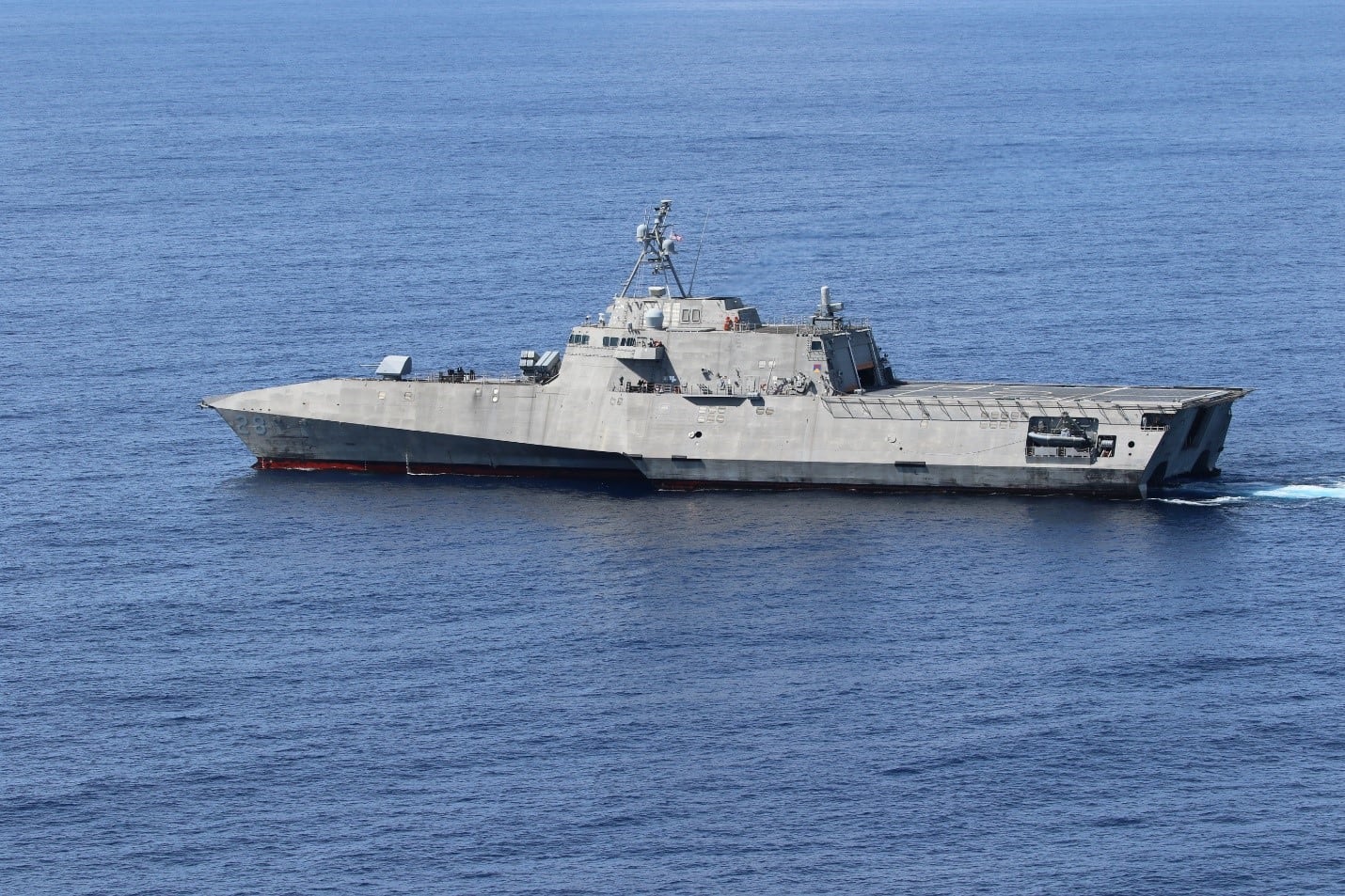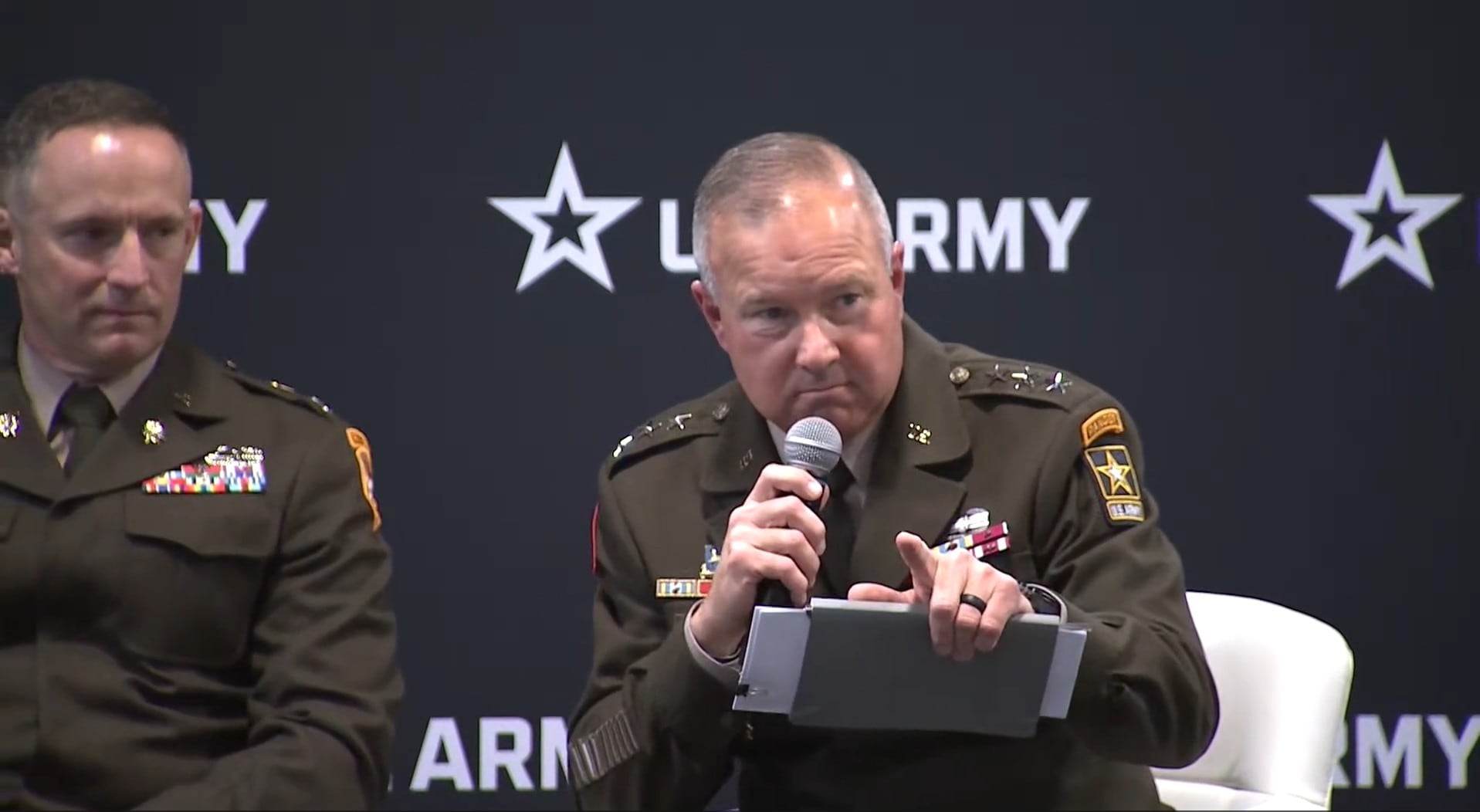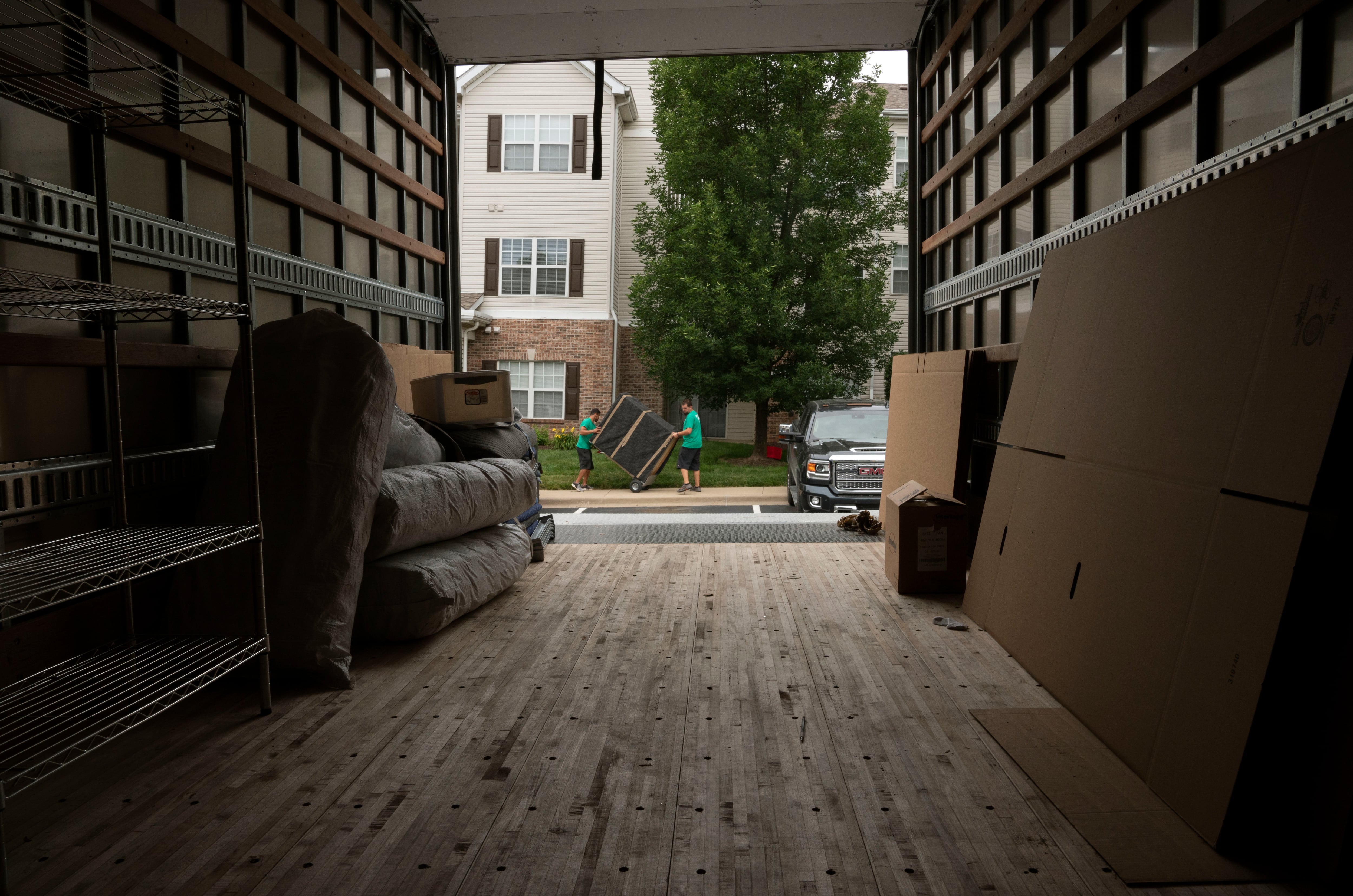Shipbuilder Austal USA delivered the final Independence-class littoral combat ship to the U.S. Navy on Friday, marking the end of a construction phase that’s lasted 15 years.
The Alabama-based Austal has built a total of 19 Independence-class littoral combat ships for the service. The first, the Independence, was commissioned in 2010. The final ship will be christened as the Pierre, named after the capital of South Dakota.
“The delivery of the future USS Pierre will be one of our most memorable milestone achievements as it marks the conclusion of Austal USA’s Independence-variant Littoral Combat Ship program,” said Austal USA President Michelle Kruger in a release. “Though USS Pierre is the last LCS Austal USA will deliver, we remain committed to supporting the U.S. Navy with innovative maritime solutions and the highest standards of quality.”
At a time when the Navy is hard-pressed to reboot shipbuilding initiatives and see vessels delivered on time, the rollout of the future Pierre might seem an encouraging milestone.
However, as an LCS, the ship potentially inherits a legacy of problems. The Navy’s littoral combat ship program has long languished with repair and manufacturing issues, in addition to high operating costs, Navy Times has reported.
RELATED

The LCS was designed to rapidly combat asymmetric threats, such as mines and fast surface craft, and be optimal for supporting special operations missions and interdiction operations.
It appears in two variants — the Freedom class and the Independence class, which features a trimaran construction and was designed to carry two MH-60 helicopters in its hangar bay.
Both classes of LCS have suffered from hull cracks and propulsion failures. Cannibalized parts from other vessels have been used to repair breakdowns, and the ships have proven expensive in terms of repair costs.
In 2021, the Government Accountability Office analyzed 18 LCS maintenance delivery orders from 2018 to 2020, finding the Navy “had to contract for more repair work than originally planned, increasing the risk to completing LCS maintenance on schedule.”

The GAO discovered at the time that contractors were flown overseas to perform routine maintenance, resulting in travel costs billed to the government that ranged from a few thousand dollars to more than $1 million.
As early as 2019, a report by the Congressional Research Service had called the warfighting efficiency of the vessels into question, too.
“The LCS program has been controversial over the years due to past cost growth, design and construction issues with the first LCSs, concerns over the survivability of LCSs (i.e., their ability to withstand battle damage), concerns over whether LCSs are sufficiently armed and would be able to perform their stated missions effectively, and concerns over the development and testing of the modular mission packages for LCSs,” according to the Congressional Research Service report.
While the delivery of the new Independence-class LCS represents a new ship delivered to the Navy’s fleet, the longevity of the LCS class overall remains open to question.
Zita Ballinger Fletcher previously served as editor of Military History Quarterly and Vietnam magazines and as the historian of the U.S. Drug Enforcement Administration. She holds an M.A. with distinction in military history.





